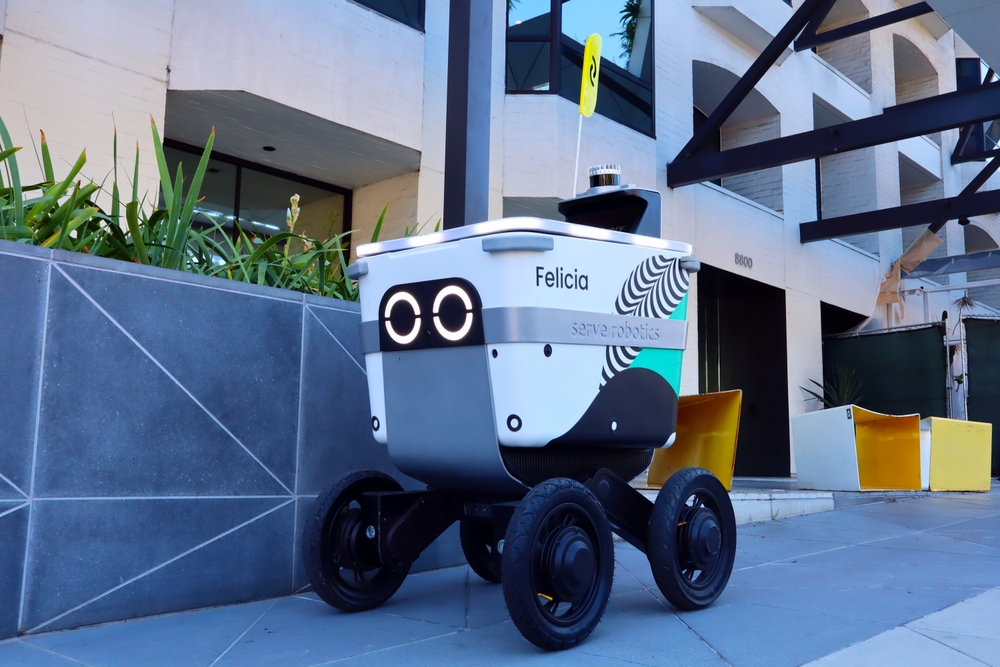
Serve Robotics (SERV) — an autonomous robot company that describes itself as "the future of self-driving delivery" and uses robots on sidewalks to fulfill customers' orders — remains badly bruised by the recent sell-off in tech stocks.
SERV stock has plunged by 62.5% over the past month, with investors left reeling after filings confirmed Nvidia has offloaded its stake in the business.
This wasn't an isolated transaction, with the chipmaker recently exiting its position in SoundHound AI, too. However, Serve Robotics CEO Ali Kashani assured investors that the company still works closely with Nvidia.
"We have a very close technical partnership with Nvidia — that continues, it hasn't changed," Ali Kashani told Yahoo! Finance.
Disappointing quarter and overambitious guidance?
It was not just the break-up with Nvidia that rattled Serve Robotics investors.
While 2024 revenues surged 773% year over year to $1.8 million, Serve's fourth-quarter performance fell short of analyst expectations, with revenue reaching $176,000 — well below the anticipated $250,000.
Dr Kashani argued in an official statement that there are plenty of reasons to be optimistic, with the company on track to deploy 2,000 robots across the U.S. by the end of this year.
This is coinciding with an expansion into new markets — including additional areas across Los Angeles, as well as establishing a presence in Dallas, Atlanta, and Miami for the first time.
Reach across households and restaurants is rising too, while efficiencies in the third generation of SERV's delivery robots mean they now cost two-thirds less to build — all while "moving twice as fast and going twice as far."
The company is expected to rake in between $60 million and $80 million in revenue in 2025.
On an earnings call, Dr Kashani told analysts, "We are continuing to work with our delivery partners, local merchants, and municipalities to unlock even more neighborhoods and cities throughout the year."
A short-term challenge for Serve is this: its delivery fleet has temporarily shrunk as robots are being used to map new markets set to launch in the coming months.
And you could argue this vision of getting 2,000 robots operating in the U.S. by the end of 2025 may prove a little overambitious considering an average of just 57 were active each day during the last quarter.
Nonetheless, Dr Kashani believes the company is on to a winner — and will grow rapidly in the quarters to come.
"We do believe we see a strong demand for the robots, both in the existing markets, as well as in new cities and even new countries," he said on an earnings call.
"Ultimately, we really believe that the significant cost reduction in last mile delivery will keep accelerating the rate of growth that already exists in demand for last mile."
Your email address will not be published. Required fields are markedmarked